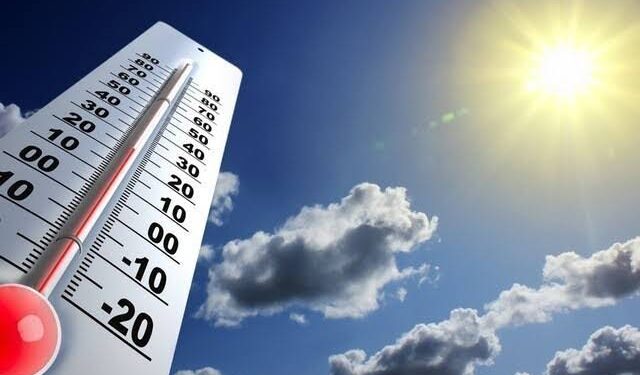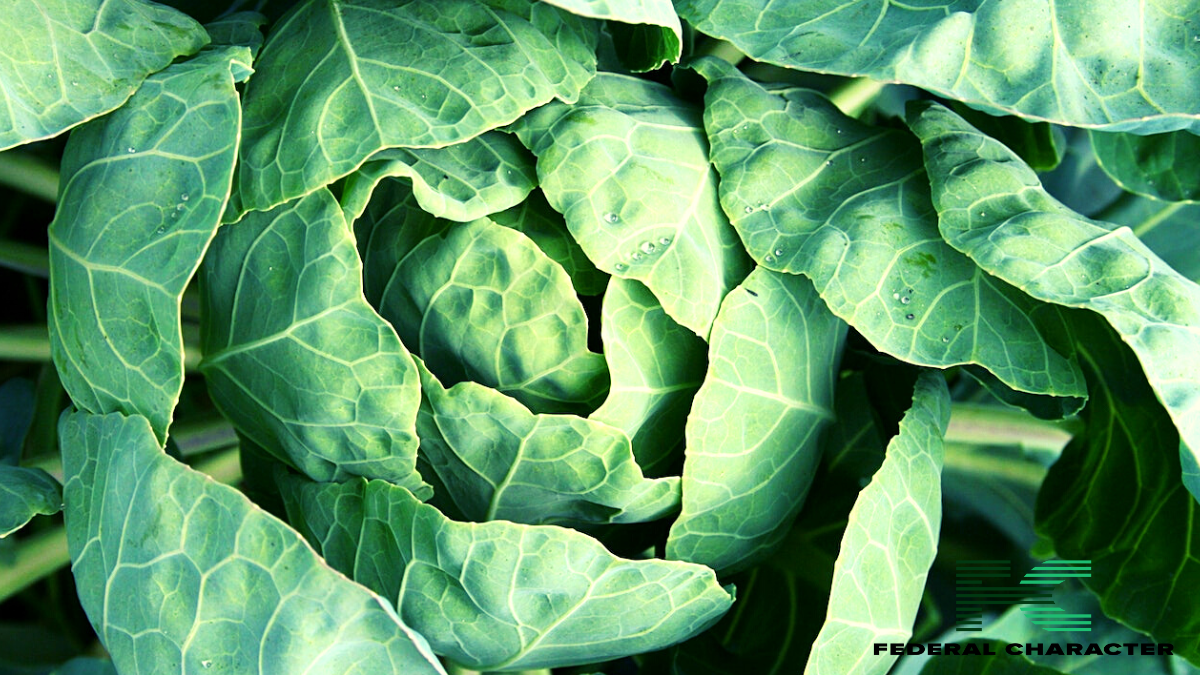The Morocco health ministry said on Thursday that a heatwave in the country’s capital city of Beni Mellal had claimed the lives of at least 21 people in a single day.
High temperatures, which in some places reached 48 degrees Celsius (118 degrees Fahrenheit) from Monday to Wednesday, impacted a large portion of the North African nation, according to the meteorology service.
According to a statement from the regional health directorate, “the majority of deaths involved people suffering from chronic illnesses and the elderly, with high temperatures contributing to the deterioration of their health conditions” in Beni Mellal.
On Thursday, the temperature in Beni Mellal, which is located more than 200 kilometres (150 miles) southeast of Casablanca, remained at 43 degrees.

The weather agency stated that lower temperatures are anticipated in the upcoming days. On Sunday, temperatures in Marrakesh, a popular tourist destination, are predicted to dip by ten degrees.
Although the exact definition of a heatwave varies from place to region, it usually involves temperatures that are much higher than average for that time of year.
Serious health concerns can arise from heatwaves, especially for susceptible groups like the elderly, small children, and people with underlying medical issues. They may also interfere with daily life, agriculture, and infrastructure.
Morocco has experienced a drought for the sixth year running, and this past winter was exceptionally hot, with January being the hottest month since 1940, according to the meteorological bureau, which also reported temperatures as high as 37C in several locations.
The key farm industry is in danger due to the extended drought and rising temperatures that have depleted reservoir levels.
According to Water Minister Nizar Baraka, water evaporation reached 1.5 million cubic meters (53 million cubic feet) per day at the end of June. The labour market continues to suffer from the effects of the drought,” according to the High Commission for Planning, which also stated in May that the jobless rate rose to 13.7% in the first quarter of this year from 12.9% in the same period previous year.
According to the data, almost 159,000 employment in the agriculture industry vanished.
The beach resort city of Agadir established the record high for Morocco in August of last year, with a temperature of 50.4C.
Monday was the warmest day on record for the whole world since measurements started in 1940, according to the European Union’s Copernicus Earth observation program.
Climate change was earlier projected to cause the earth to experience an exceptionally lengthy period of severe heat and to break daily records this summer in the northern hemisphere.
Scientists have connected longer-lasting, more powerful, and more frequent extreme weather events—like heatwaves—to climate change. Similar to this, Hajj travellers encountered an unforeseen and harsh obstacle: an extreme heat wave that swept over Saudi Arabia, killing numerous people and inflicting heat exhaustion. Saudi Arabia’s weather is infamous for being extremely hot, particularly in the summer when Hajj usually takes place.
This year’s temperatures exceeded 45°C (113°F), which turned the trip from a profoundly enlightening experience to a risky undertaking.
Why this matters
The fact that most of the deaths involved people with chronic illnesses and the elderly underscores the vulnerability of certain populations to extreme heat.
High temperatures can exacerbate existing health conditions and lead to heat-related illnesses such as heat stroke and dehydration. Public health measures and awareness campaigns are crucial to protect vulnerable groups during such events.
Bottom Line
The situation in Morocco serves as a reminder of the urgent need for comprehensive climate policies and actions at local, national, and global levels.
This includes reducing greenhouse gas emissions, enhancing early warning systems, improving public health responses, and investing in sustainable agriculture and water management practices.














